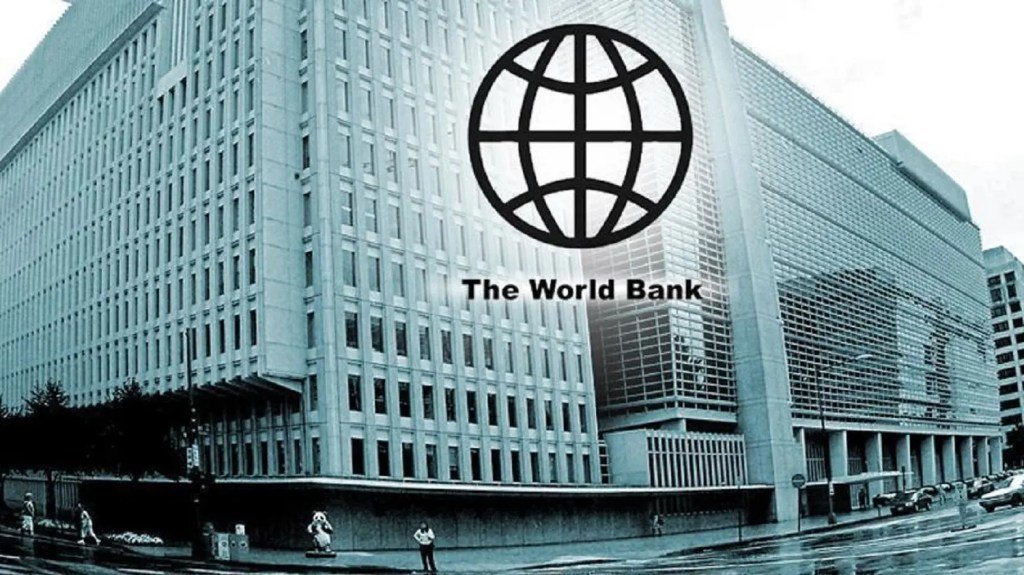World Bank list Naira among worst performing currencies in the World

According to the World Bank, the Nigerian naira is one of Africa’s worst-performing currencies.
According to the study, the currency has fallen roughly 40% against the US dollar since a devaluation in mid-June.
In a report titled ‘Africa’s Pulse: An analysis of issues shaping Africa’s economic future (October 2023 | Volume 28),’ the global bank stated that so far this year, the Nigerian naira and the Angolan kwanza are among the worst performing currencies in the region, with a year-to-date depreciation of nearly 40%.
According to the report, “the naira’s depreciation was precipitated by the central bank’s decision to lift trading restrictions on the official market.”
“For the kwanza, it was the decision of the central bank to stop defending the currency as a result of low oil prices and greater debt payments.”
According to the World Bank research, other currencies experiencing large losses thus far in 2023 include South Sudan (33%), Burundi (27%), the Democratic Republic of the Congo (18%), Kenya (16%), Zambia (12%), Ghana (12%), and Rwanda (11%).
According to the source, the Central Bank of Nigeria authorized Deposit Money Banks in June 2023 to eliminate the rate cap on the naira at the official Investors and Exporters’ window of the foreign currency market, allowing the naira to float freely against the dollar and other world currencies.
According to the report, the naira has dropped from N473.83/$ to roughly N800/$ since then.
The bank noted that this had been the case from March 2020 to June 2023, with the naira’s parallel and official exchange rates expanding.
According to the report, the Central Bank’s interventions to limit foreign exchange demand and keep the exchange rate artificially low were met with declining FX supply from oil revenues, with the parallel rate premium increasing to 80% in November 2022, and then to around 60% in June 2023.
It went on to say that the unification and liberalization of exchange rates in June 2023 allowed the NAFEX rate to converge to the parallel one, closing the gap, and that resistance to rising pressure on the Nigerian naira, combined with limited supply of FX at the official window, has resulted in the reemergence of the parallel market premium.
According to the Washington-based bank, Nigeria’s growth rate would slow from 3.3 percent in 2022 to 2.9 percent in 2023.
According to the report, the country’s oil production remained below OPEC quota due to capacity issues and lower international oil prices, and while non-oil economic activity, particularly industry and services, continued to support growth, policy actions to eliminate fuel subsidies and unify exchange rates may be weighing on those activities in the short term.
It was stated that weak company confidence and rising input costs are causing the reduction of activity in Nigeria, where business confidence appears to have decreased.
According to the World Bank, activity in Nigeria’s industrial and services sectors fell in August.
The global bank revealed that the recent measures of Bola Tinubu’s new administration were projected to reduce consumer purchasing power in the short run.
It noted that the incoming Tinubu administration implemented a series of reforms, including the elimination of fuel subsidies as well as the devaluation and unification of the exchange rate system, emphasizing that gasoline prices have more than quadrupled since the subsidies were removed at the end of May.
According to the report, the naira has dropped roughly 40% versus the US dollar since the devaluation in mid-June.
The bank stated that the policies were meant to strengthen the nation’s fiscal and external balances, but their inflationary impacts in the short term can erode household spending power and weigh on economic growth.
